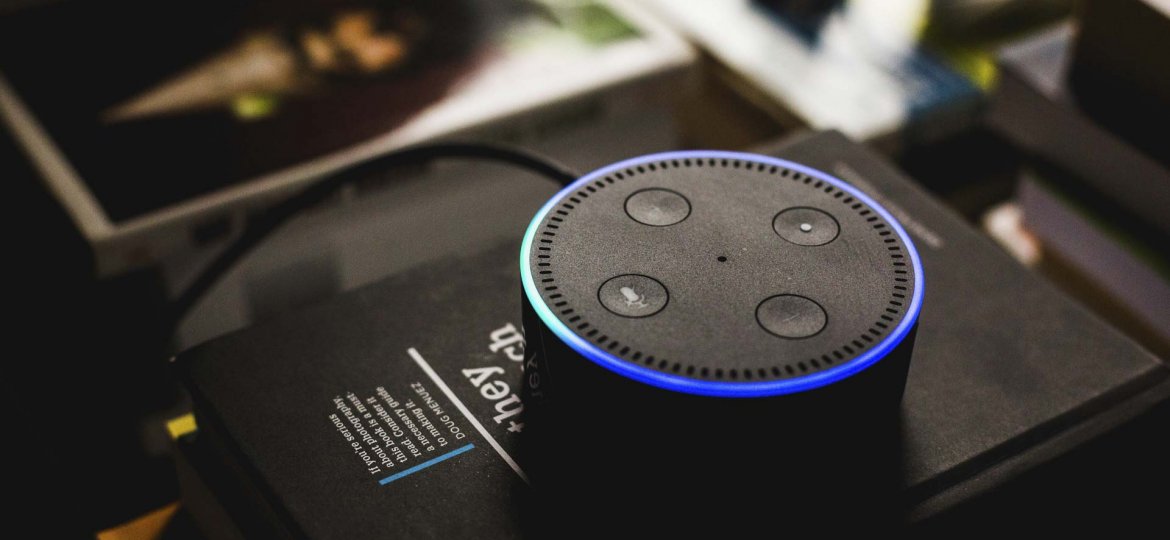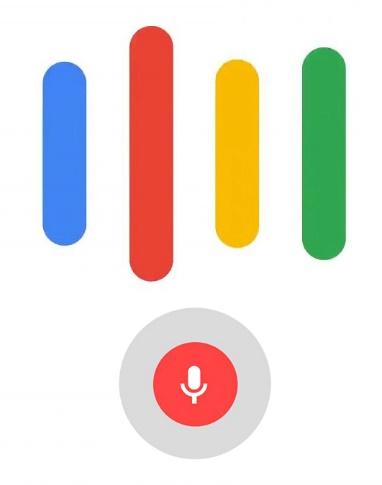
Our civilization is evolving towards a technologically advanced world where consumers engage with brands with various input and output formats other than text, “Popularly through Voice”. Consumers were used to searching from desktop devices and PCs, during stipulated periods of time when “Google Search” started. In the 20 years since then, we have seen the world revolutionized by mobile technology, bringing with it a change in search behavior. The majority of consumers are now using smartphone devices for Searches and are they constantly connected. We have now truly moved from a “desktop-1st” to a “mobile-1st” world.
While doing a voice search, the main platform consumers are searching from remains the search engine. What changes that’s the input method of the search queries; from written text to voice input. The leading digital marketing agency in India “iProspect” analyzed the internal search queries on the websites of its clients & found how people are searching for information. According to iProspect’s survey, of all mobile traffic, 41% of internal site searches were formatted in a question-like manner. These searches are mainly complex queries, with six or more words, tend to have a lower repetition rate and therefore lengthy in the internal search data. But such searches were not done through voice, as these functionalities were not available to users.
Understanding natural language and Machine learning are creating possibilities for a human to interact with computers in a conversational, natural way. Other than requiring to adapt to technology, computers are now learning to adapt to humans. Moreover, new products which are incorporated in machine learning are offering new & delightful experiences. For example, “Google Assistant”. Its main purpose is leveraging the latest advancements in machine learning and natural language processing.
For interaction with brands & services, there are 2 ways:
1. Voice search
(Searching for products and services using spoken language, Main Platform Experience- Search Engines)
2. Conversational interactions
(Asking a question and getting an answer, additional information or completing an action in a natural conversational manner, Main Platform Experience- Digital Assistance)
Digital assistants enable Conversational interactions. Up to 70% of requests to the Google Assistant are expressed in natural language. This conversation does not happen by voice. Instead, users can flawlessly transition from voice to typing and tapping, depending on the device & selecting what is most efficient for a task they are trying to complete.
Conversational interactions & digital assistants have increased dramatically over the past few years. According to a recent report, 87% of Business to Consumer marketer in the US believe that digital assistants will play a significant role in marketing before 2021. Conversational computing and digital assistants provide a new fundamental computing wave which cannot be ignored by brands. Whereas it took about ten years for mobile technology to be familiar in our everyday life. The usability of products like digital assistants with conversational interactions is having a massive impact on day to day life of users. By 2021, it is assumed that there will be 7.5 billion digital assistants worldwide which exceed even the current world population.
TIMELINE OF VOICE REVOLUTION
According to a survey it is found that only 10% of respondents were not familiar with voice-enabled products and devices. But from the 90% who were, a majority of users have used a voice assistant i.e about 72%. and this is noticed that maximum of them are younger consumers. Though the youngest consumers surveyed (18 to 24 years old) are adopting

voice technology at a faster rate than the aged consumers, statistically they are more comfortable to use voice assistants less. People within the age 25-49 years are using most often and are to be considered “heavy” users. The reason behind it is that using a voice assistant in public “just looks weird” because of privacy issues

Voice assistant is the easier, smarter & faster way for everyday activities. Yet, in sensitive situations involving money ( i.e shopping, refund on an airline ticket etc.), consumers prefer what they already know and trust. Voice assistant Users are frequently concerned about “Trust & Privacy”. A survey shows that 50% of respondents have made a purchase using their voice assistant, and an additional 25% would consider doing so in the future.
Suppliers must be accustomed to how to integrate technology and content with one another to ensure each component connects as one if they want customers to be able to recognize the advantages of voice search. If customers are required to always swap platforms, devices or service providers or being unable to complete multiple tasks required, then there is no benefit of being ‘always connected’ !!!
If business industries are capable to provide a multilingual service ahead of the competitors, it will facilitate them to gain controlling interest over that particular market. This requires the positive approach of lots of companies, where contents are developed and managed in silo between languages to be withdrawn. This approach will isolate multiple languages from one another and will reduce the experience a customer as they don’t prefer English as a speaking language. Thorough testing and constant analysis of user’s requirement, “Voice Search” has overcome the “language barrier” to customer experience and service.










